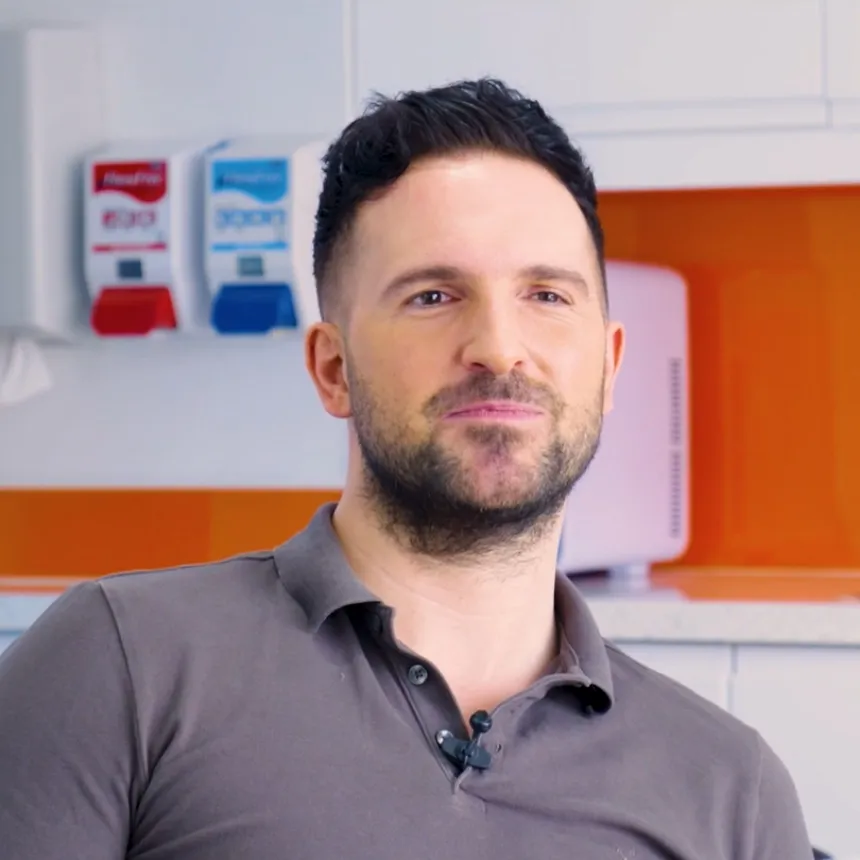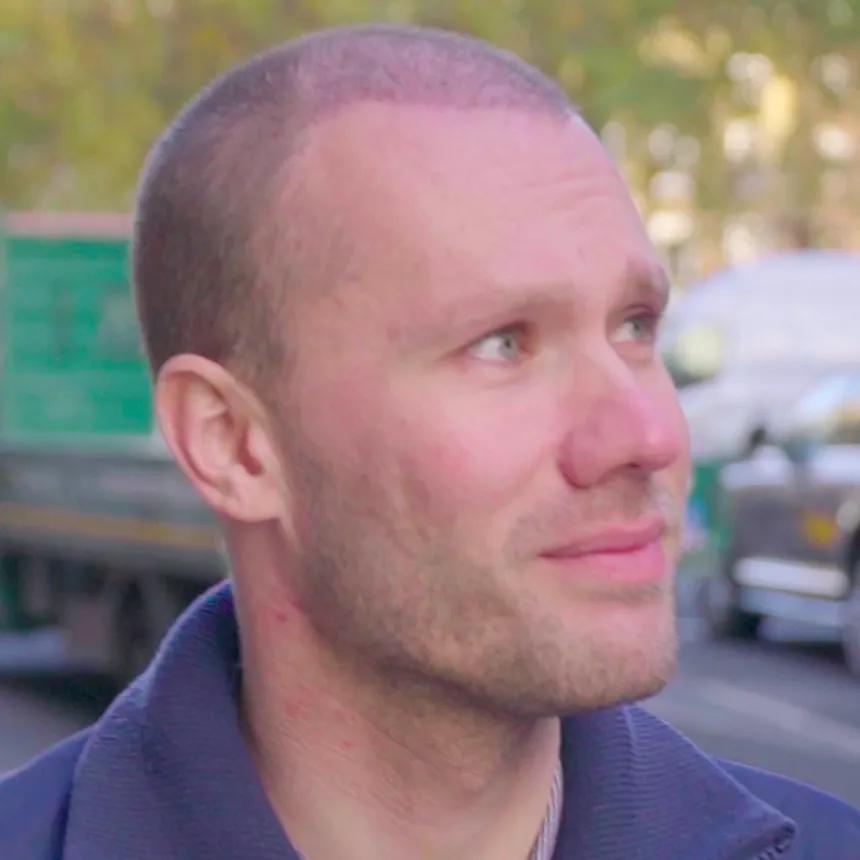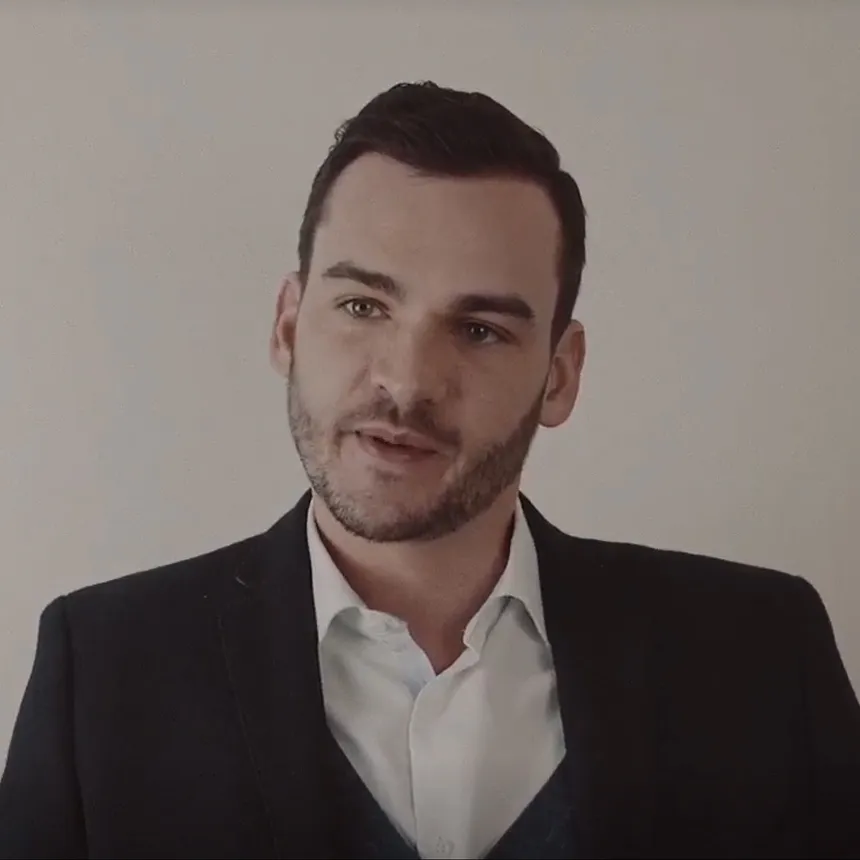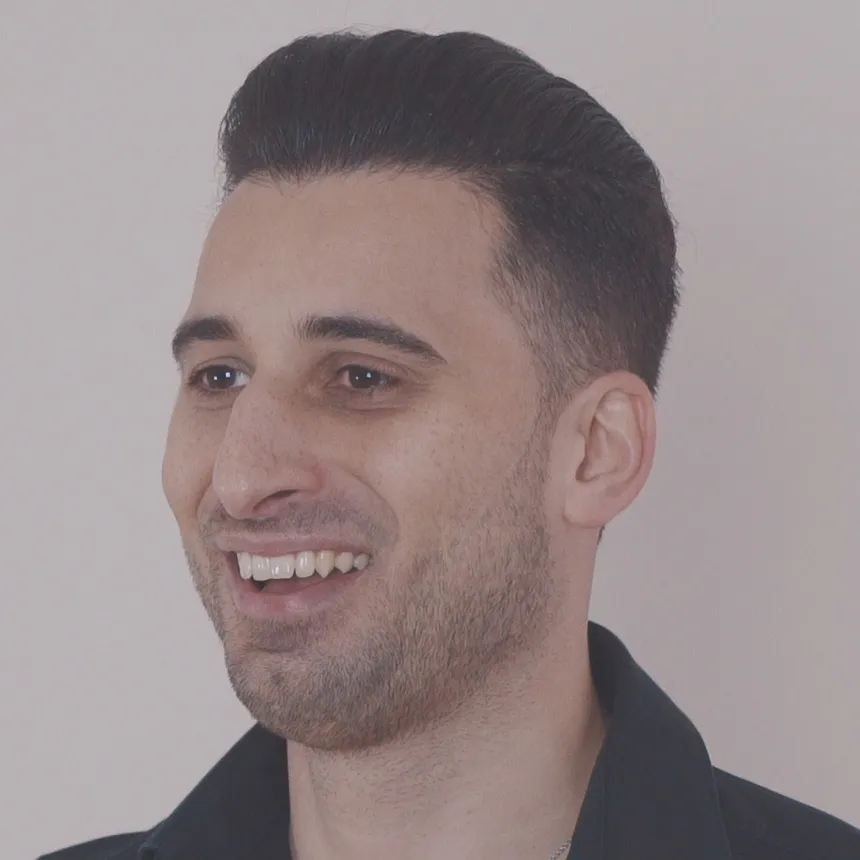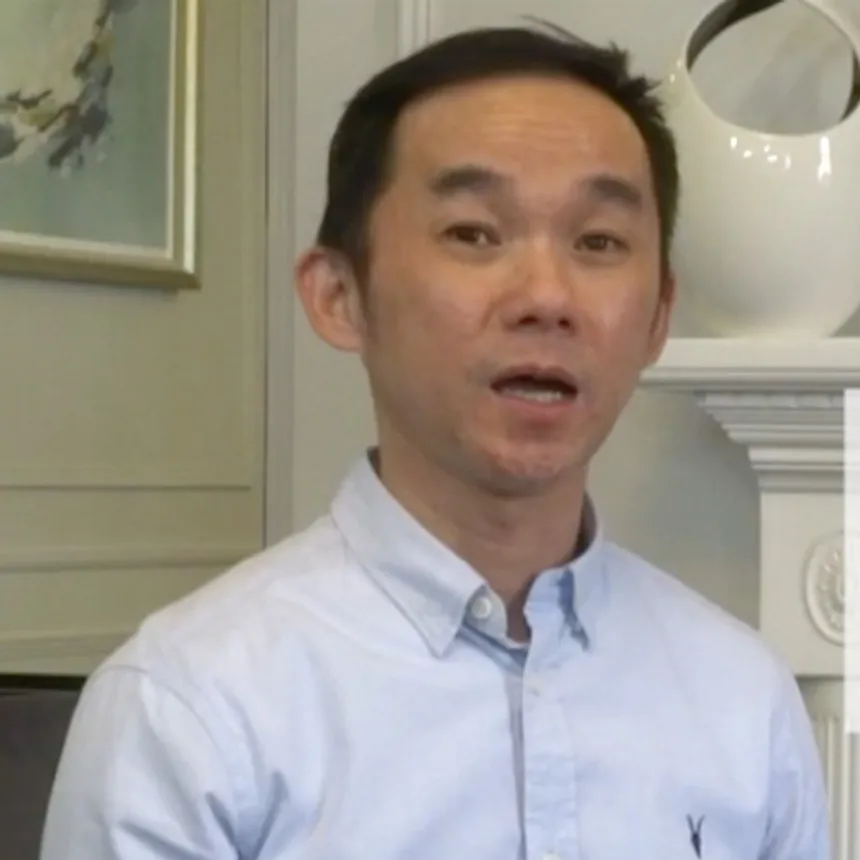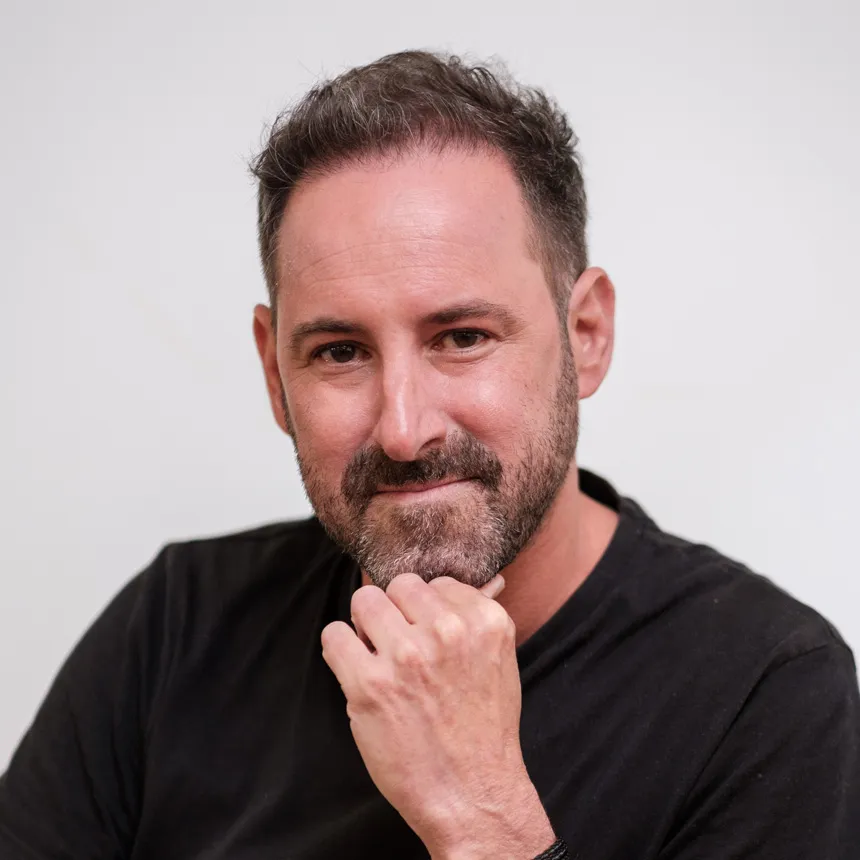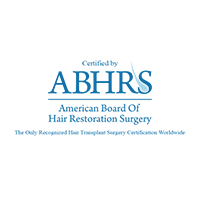Alex is a research scientist working in artificial intelligence. When he was in his mid to late teens, he started to notice his hair loss. This developed rapidly, and by the time he was in his early 20s, he had very little hair at the front of his hairline, often described as thinning on top.
Like many men with hair loss, Alex had tried various non-invasive treatment options, including anti-hair loss medications. Whilst he felt that these products serve a purpose and help others to stabilise their hair loss, they had little effect and were not working for him as a long-term solution or cure.
By his late 20s to early 30s, Alex was determined to find a more permanent answer for his hair loss and began exploring hair transplant surgery. He found Dr Mark Tam online after searching for talented hair transplant surgeons in London.






Alex had a wide treatment area due to significant frontal hair loss at the hairline and mid-scalp. The traditional hair transplant approach would be to spread the grafts over the wider area. However, this will not achieve a good outcome in a single treatment because the density will be poor, giving a 'pluggy' appearance. A high-density result is critical to achieving a good-looking, natural hairstyle after hair restoration.
For Alex, Dr Tam used a stepwise approach to treat a smaller area first to deliver the appropriate density after a single treatment. The surgery involved treating the frontal area of hair loss initially, leaving the option of further treatment to improve additional areas later by ensuring good donor area management. Similarly, there is a temptation to bring the hairline down lower, but this can also impact the density of the result. Therefore, by keeping Alex's hairline a little higher, the size of the treatment area was reduced, and high density was achievable.
During the first hair transplant, the Treatment Area Mapping and Measurements (TAM+M) for the frontal area was 41cm2, with 2,407 grafts used to transplant 5,384 hairs from the donor area using individually separated hair follicle techniques as part of the IDEAL Technique.
A year after the first procedure, Alex and Dr Tam celebrated a successful outcome, achieving significant hair restoration, with a pronounced visual improvement and natural appearance to the frontal area. At this point, Alex decided to continue his journey with a second hair transplant to augment his hair restoration. His options were to improve the hair density in the treated area, lower his hairline further at the front of his scalp, or treat the area behind the frontal area to address hair loss in the mid-scalp and front of the crown; Alex chose the latter. The second TAM+M was larger at 69cm2 and used 2,826 grafts to transplant 6,619 hairs.
Following Alex's past lacklustre results when taking anti-hair loss medication, Dr Tam recommended that he undertake a genetic test called TrichoTest. The results confirmed that he was unresponsive to primary hair loss medication options, so Dr Tam was able to switch him to more appropriate medication, which has resulted in a mild improvement in his genetic hair loss, particularly in the crown area.


Two years and two hair transplant surgeries later, Alex is a new man! Thanks to excellent donor area management, Dr Tam could use over 5,000 grafts to transplant over 12,000 hairs. Never underestimate the care required in preserving the donor area, both in terms of the impact on the future availability of hair follicles for transplantation but also on how it looks, especially when most men choose a short hairstyle at the back of their head where scarring and punch patches would be very noticeable. If you look at Alex’s donor area, it looks amazing, thanks to Dr Tam’s attention to detail and the use of smaller FUE punches; and who knows, if Alex wants to use it again in the future, he can.
Alex believes that having a hair transplant has changed his life and how he sees himself. Like many men with a receding hairline, hair loss affected his self-esteem to the point where he noticed his hair at every moment of the day. The hair restoration treatment has restored his confidence, and he no longer feels constantly nervous about his appearance.












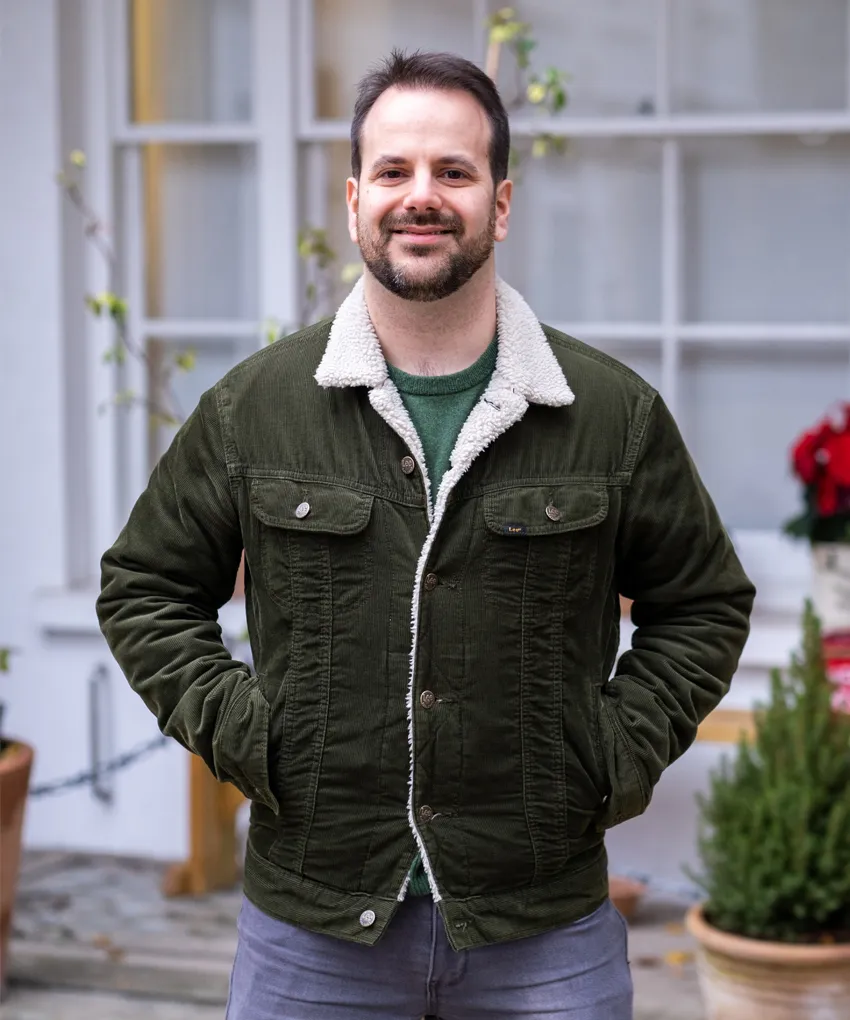




Dr Mark Tam explains the benefits of an assessment.


In order to save patients time and unnecessary costs, Dr Tam requires a pre-consultation screening to assess your suitability for surgery based on supplied photographs.
This form of assessment will only serve to give you an idea of whether you are likely to be suitable for a Hair Transplant, as well as providing you with a rough price estimate for the area you wish to have treated.
This assessment is complimentary but does not replace the need for a full consultation.
Once you have submitted your details along with the 3 required photos Dr Mark Tam will assess your suitability and you will receive a full report via email.
Recommended image types for uploading include JPG/JPEG and PNG.
Please do not press the back button or refresh the page after pressing the submit button.
* - Required field





